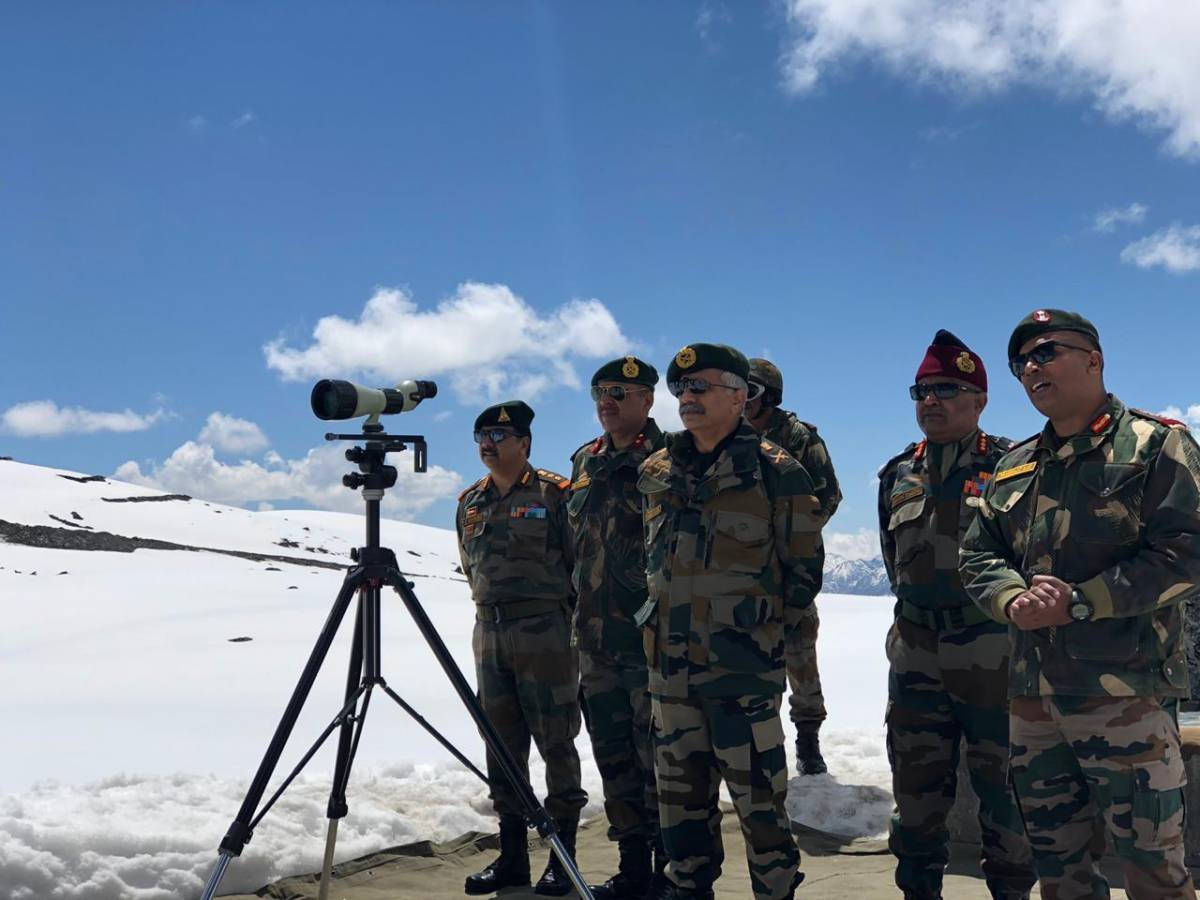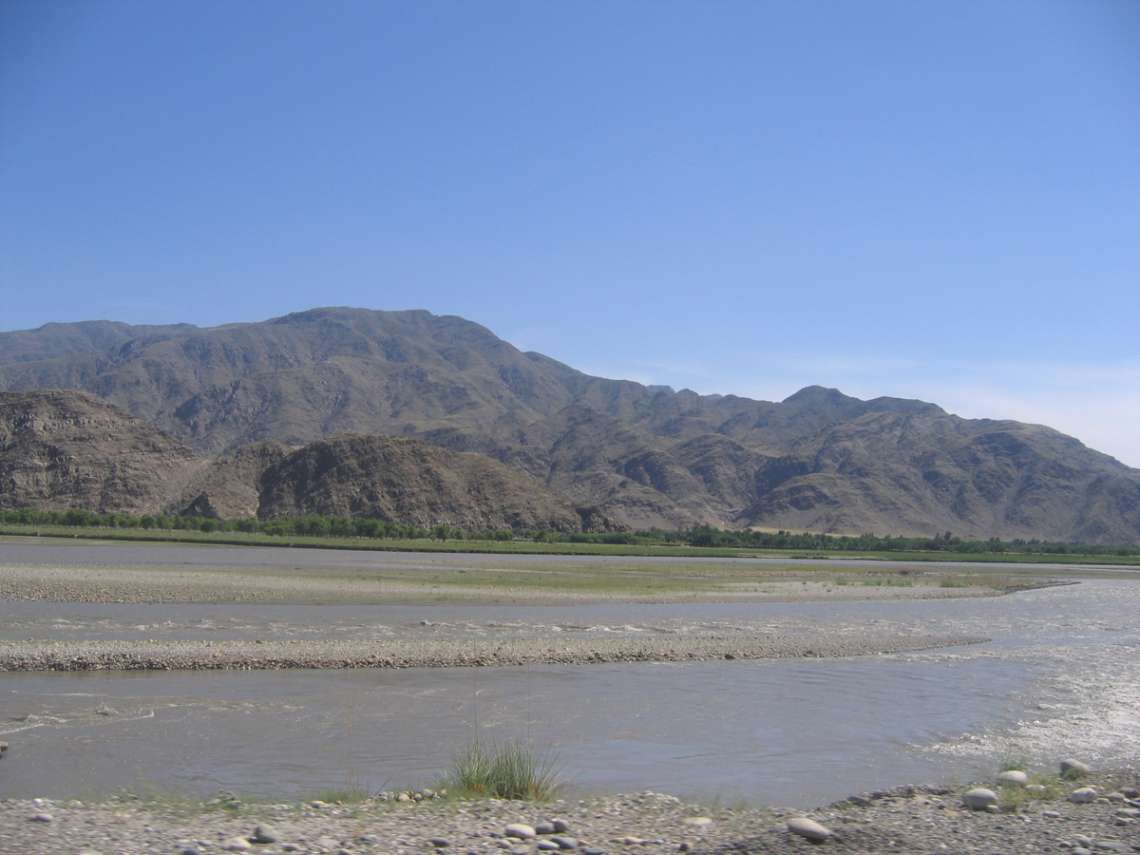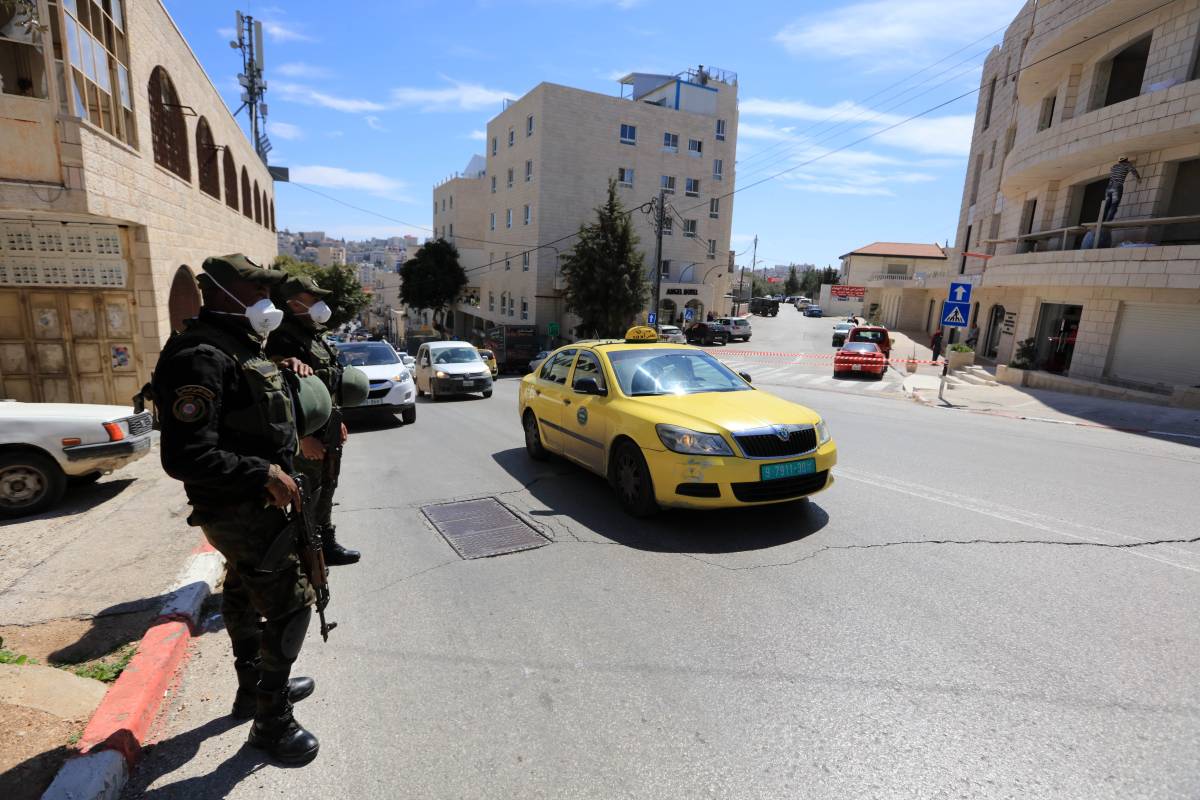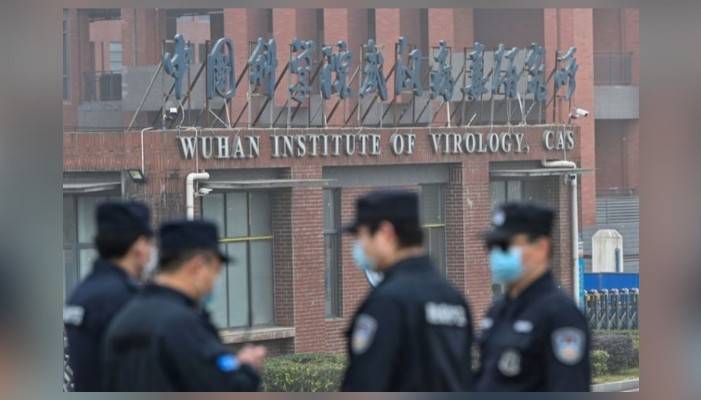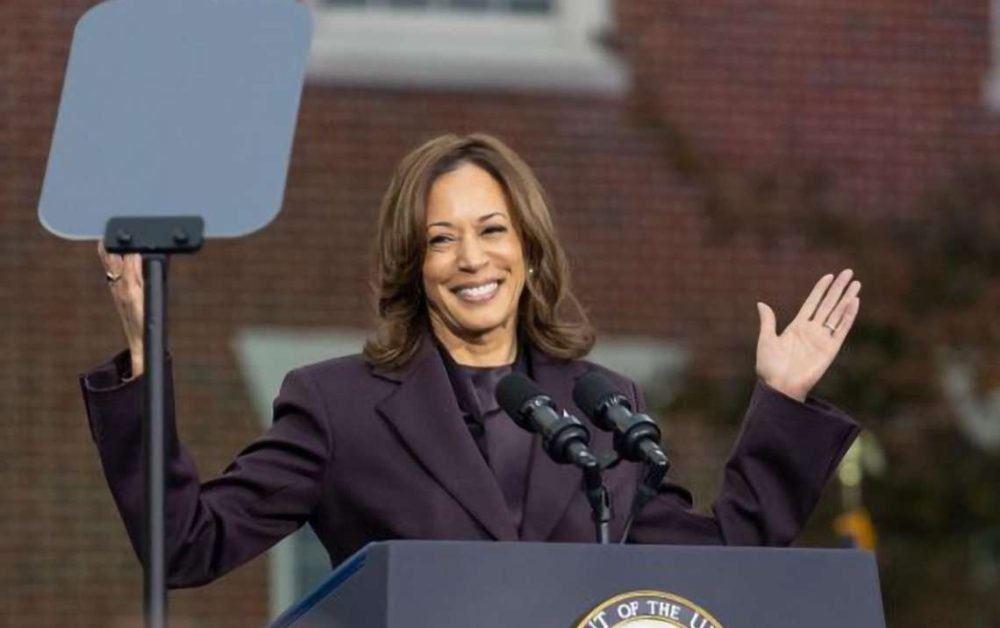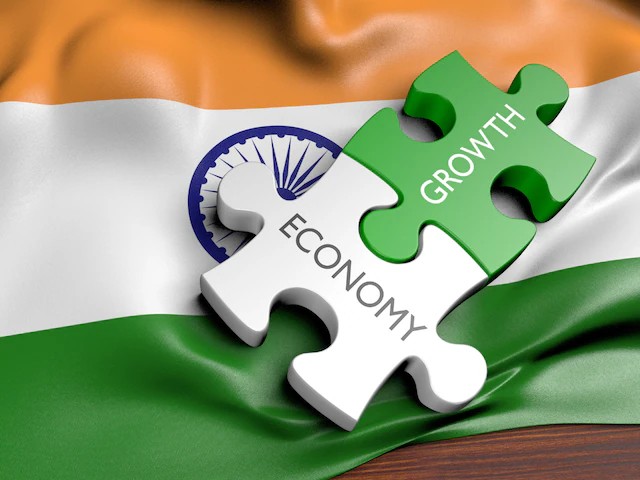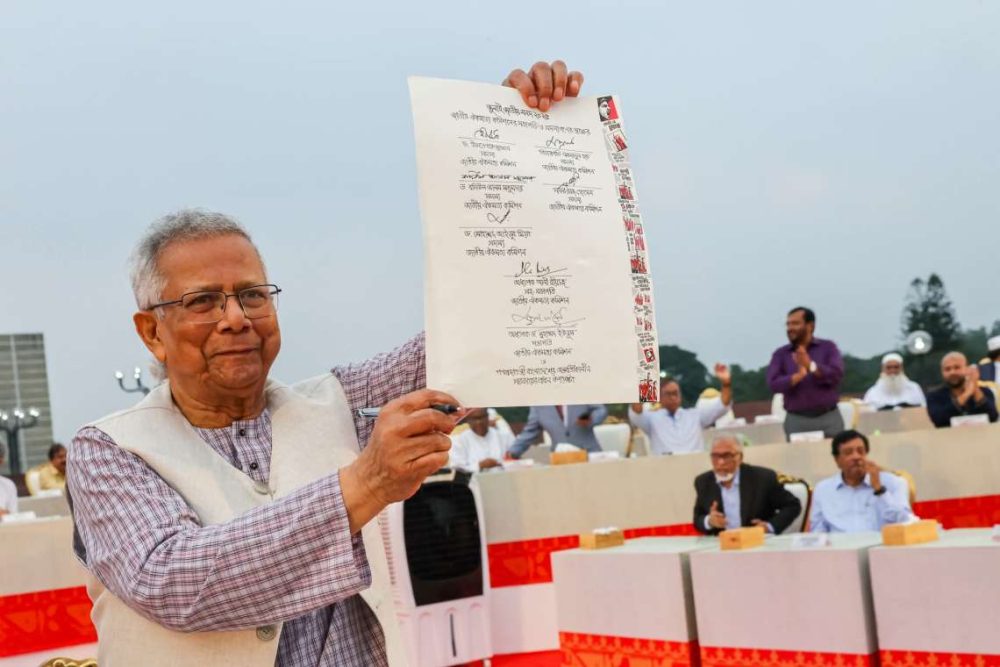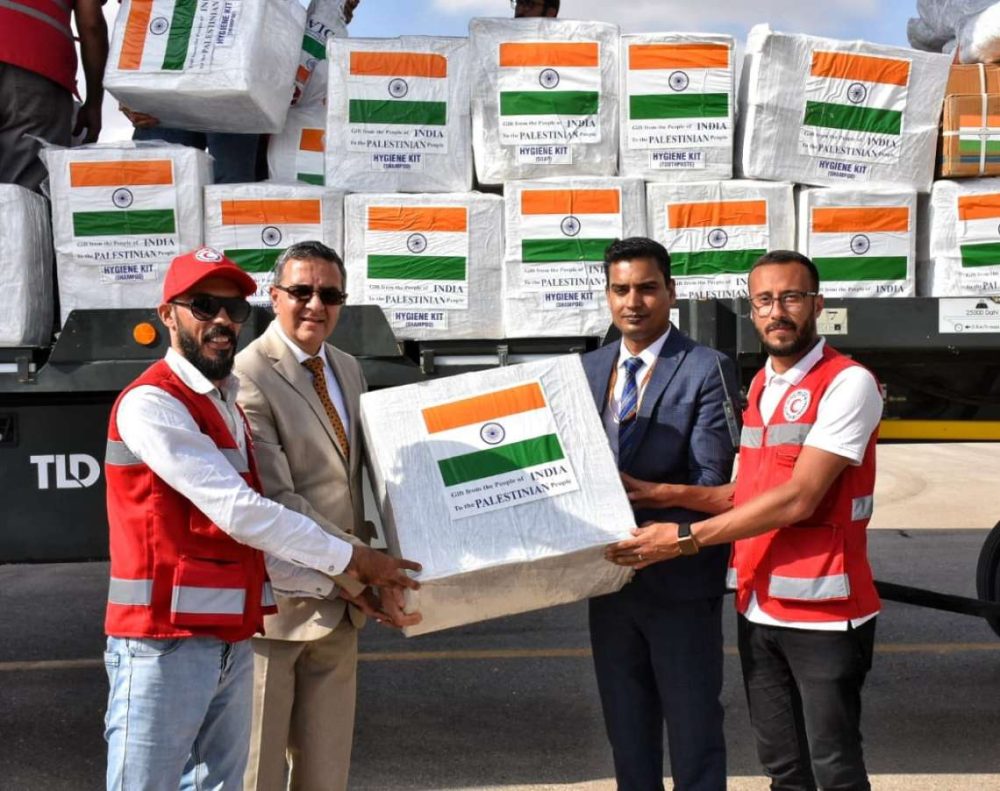There is need to examine closely a string of ‘coincidences’, each of which has had the effect of delaying and in some cases reducing India’s prospects for emerging as the preferred alternative of choice to the PRC for production platforms, writes Prof. Madhav Nalapat

Not only the skills of the forensic investigator but keeping track of global (as distinct from regional) geopolitics may be needed to identify and connect the dots linking incidents that get treated as occurring independently of each other. The Sunday Guardian connected the dots in the situation that caused an indefinite delay in the commissioning of the Koodankulam nuclear power plant add-ons.
After The Sunday Guardian exposed the external source of the disruptions that had been created in Koodankulam, Prime Minister Manmohan Singh acted swiftly and the blockages quickly disappeared. Such swift action in several of the cases of remote-controlled blockages in a host of matters important to the economy and security has been rare when not absent.
Disruptions to national life caused by external actors is a long list, which includes attempts to stifle (through the administrative, media, political and legal systems) lower-cost, more effective technological and scientific substitutes developed within India for essential items that foreign countries and entities have long retained a monopoly over. There has been much talk and the setting up of numerous committees over the decades in efforts at ensuring the reforms needed for success as a nation, reforms in the administrative sphere in particular. These seem to have largely been ignored or implemented in bits and pieces that take away most of their efficacy.
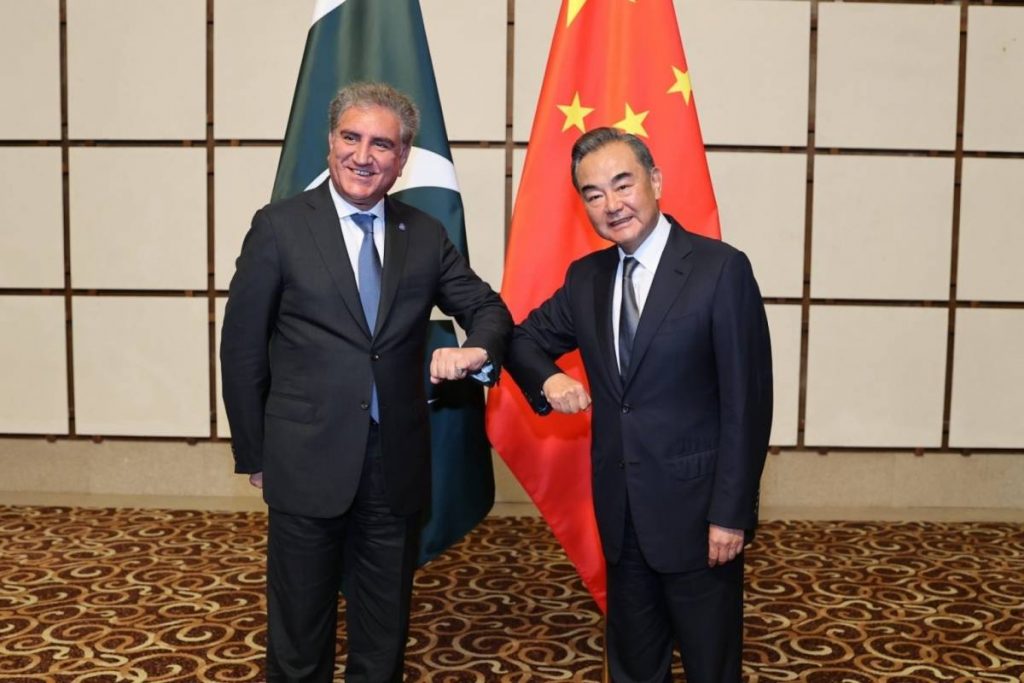
CONNECTING THE DOTS
Another example of dots left unconnected was The Sunday Guardian report on the deaths of multiple scientific and technological personnel in India’s atomic program. There was an unusual chain of fatal “coincidences” within what was a very small, very specific, subset of human beings. Those whose lives were being snuffed out were each connected with India’s nuclear program. After extensive and confidential enquiries with sources in multiple locations, it was discovered that two countries were behind several of the deaths, and most likely all of them. Once the story about the series of deaths appeared in print, they stopped taking place.
In the era of extremely close operational collaboration between GHQ Rawalpindi and the PLA, and given the indifference in observing ethical limits in both, as well as the immense financial and other capabilities of the latter, connecting the dots rather than taking events in isolation may be critical to uncovering such acts of sabotage. Any assessment of chains of significant events impacting the capability of India cannot remain separated from factoring in the asymmetric warfare that GHQ Rawalpindi has since 1947 been conducting against India.
Plus the not unreasonable assumption that the PLA has fully signed on to such a strategy (besides the kinetic operations of both military and security systems). GHQ Rawalpindi knows together with its ally in Beijing that the economy, farmers and the middle class are crucial to the progress of India in reaching the economic dimensions of a superpower. They would like to delay and if possible destroy such an outcome, preferably in a manner that outwardly suggests a self-destruct mode. As with GHQ Rawalpindi, the PLA is no friend of India. and does not even make a pretence of being so.
Even the BRICS summit in India may not be an occasion for the CCP General Secretary leadership to show the courtesy of coming to India for the summit. Presidents Vladimir Putin and Joe Biden met in Geneva on 16 June, ignoring those who regard absence of communication at the top as a healthy sign.
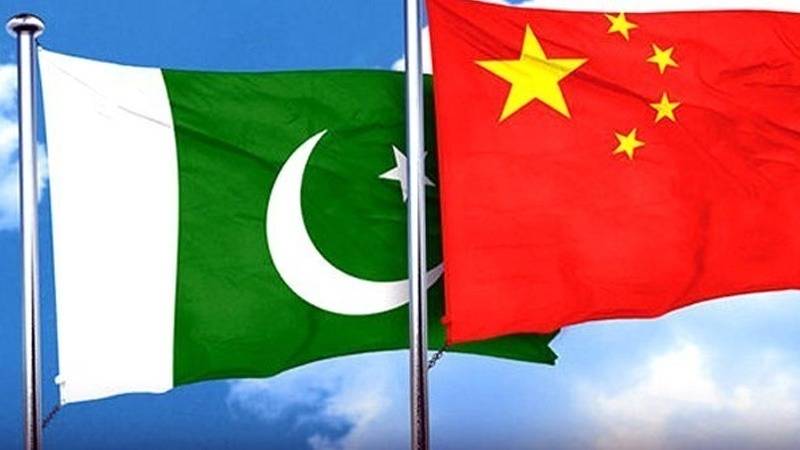
NON-KINETIC OPTIONS
The futures of two Asian countries that together hold 2.8 billion people are inextricably linked to the present. The ever-changing “Red Lines” of the other side have been created by the PRC mostly out of thin air (for example in the form of purpose-made maps detailing land and water). The Red Lines of India have continued to be crossed with seeming lack of consequences, but no longer. Beijing has been adventurous in its activities where New Delhi is concerned. As both Prime Minister Narendra Modi and External Affairs Minister S. Jaishankar have reiterated, such a situation cannot continue together with diplomacy and business as usual.
The patience of the people of India is wearing thin, especially now that GHQ Rawalpindi and the PLA are partners acting on a global scale. Such a shift in sentiment matches that of much of the rest of the world, especially after the onset of SARS2 and its consequences. The change in public mood is beginning to show itself even in words and actions of some of the most cautious of policymakers in capitals across both sides of the Atlantic and the Indo-Pacific.
ALSO READ: India slams Pakistan for its human rights situation
Given that asymmetric and unconventional methods (such as resort to terror groups) have not been uncommon in the Pakistan military, it is not unreasonable to assume that the close all-weather (i.e., using every means) partnership between Rawalpindi and Beijing that has deepened since the beginning in 2012 would have led to joint work on non-kinetic options designed to weaken target countries. In the case of the PRC, these are mainly the US and India. In the case of Pakistan, it is India, Afghanistan and Iran, in that order. It is within such a context that a series of post-Doklam incidents that involve facilities crucial to the safety and economic progress of India need to be looked into. They need to be examined as other than a series of separate and disparate events.
NOTHING NATURAL ABOUT ALPHA OR DELTA VARIANT
Newspapers such as the New York Times and the Washington Post, not to mention outlets such as BBC and CNN, have for over a year spread disinformation created to protect the Wuhan Institute of Virology. (WIV). They continue to do so, permitting those responsible for funding and in other ways assisting the creation within the WIV of SARS2 to use their columns for conveying further disinformation, without even a cautionary note from the editors. These media outlets remain in high regard where this columnist is concerned, and it is therefore surprising that such a situation continues in media that have superbly competent minds within the editorial team. It is concerning that after finally backing away from the disinformation laboratory created hypothesis of the origin of SARS2 except in the lab, they are now giving space to the fiction that the Alpha and Delta variants of the novel coronavirus evolved in nature and were not created in a laboratory, of course not the facility that developed the initial SARS2 virus but located within the same country and also working for the PLA.
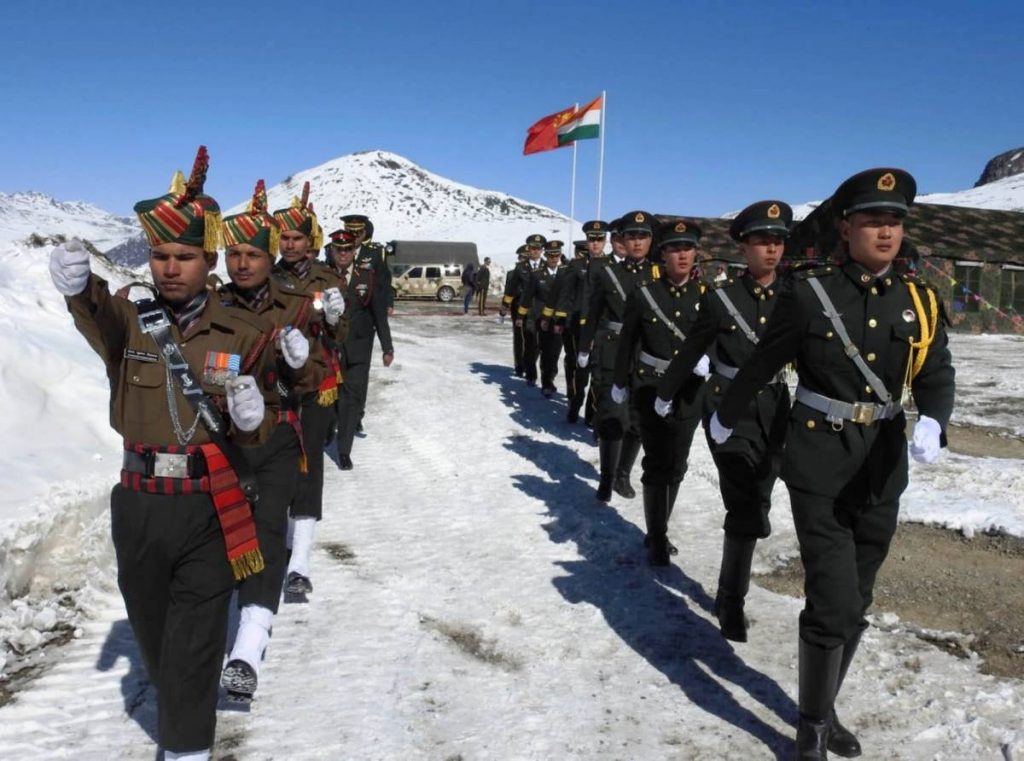
The same pandemic that they succeeded in causing have seen the emergence of eminent specialists across the world emerge as the spearhead of disinformation about its origins. This pandemic now ravaging much of the globe has resulted in millions of deaths, hundreds of millions of cases and economic and societal tremors in several countries. As will become clear even to spreaders of the disinformation that the Alpha and Delta variants of SARS2 were of natural origin, scientists with integrity assert that both these were engineered using the same methods that caused SARS2 in 2019. Thanks to the delay in the WHO in naming the Alpha and Delta variants—in contrast to the promptness with which Geneva acted when the term “China virus” gained currency—the focus has shifted away from the PRC to the UK and later to India. While there had been criticism by news outlets in 2020 of the use of terms such as “Wuhan virus” to describe SARS2, a similar hesitation was not seen by them while talking of a “UK variant” or an “India variant”. This when both variants in the same way as SARS2 was created, except that they were developed in labs other than at WIV. Delay on the part of WHO was in part responsible for causing the destructive progress of the novel coronavirus across the world. The institution tarried also in naming the variant duo that first appeared in the UK and India. This was in contrast to the speedy renaming of what was getting referred to as the Wuhan or China virus.
TOTAL WAR BY PLA AND GHQ
Apart from in the case of the South China Sea and Taiwan, the entirety of which General Secretary Xi publicly seeks to control through the PLA, what he also clearly wants is control in the entirety of the Himalayan massif, and later Arunachal Pradesh, Bhutan, Sikkim, slices of Ladakh and the whole of PoK. The list of desired future conquests includes parts of Nepal. To achieve these outcomes, the Central Military Commission appears to be following the GHQ Rawalpindi-inspired playbook of “Total War”, which has been renamed “Comprehensive War”. 2008 was the year that made obvious to the world the decline of the US as a global power, and the shift from the Atlantic to the Indo-Pacific as the global centre of gravity.
No longer was there the trust in US institutions and expertise that had been the case until the greed of Wall Street and its fellow travellers in Frankfurt and London caused citizens in the GCC and much of the rest of the world to see their fortunes dissolve during 2008-9 under the supervision of fund managers across both sides of the North Atlantic. 2020 was the year when global trust in the PRC took a downward slope that will (unless unexpected changes in policy occur) continue well into the future. This is the year that has made Cold War 2.0 irreversible, despite denials of such a reality by policymakers in several democracies. It is clear to those with anchoring in the logic of facts (in the form of events and actions) that the PRC and its partners are waging a comprehensive war against the US and its allies. Not to forget India, the country that both GHQ Rawalpindi and the PLA know needs to avoid joining the Quadrilateral Alliance in anything other than what may be named a Gandhian Quad. In other words, a grouping that lacks a military component, and which consequently has about as much value as a tea club.
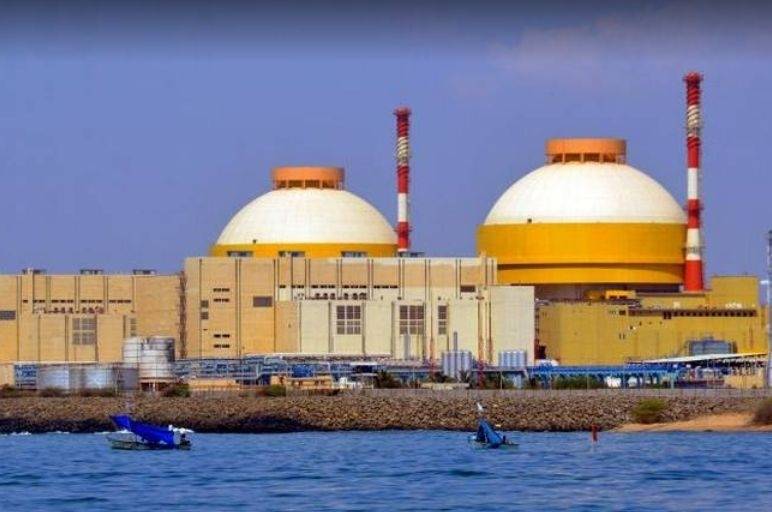
The CCP leadership believes that an effort to influence India away from a de facto military alliance with the rest of the Quad can be successful, and that the PRC and allies such as the Russian Federation must continue with moves aimed at de-linking India in military and security terms from the other three partners of the Quad. Air power was never used during the numerous PLA intrusions over the decades into Indian territory including in 1962 and 2020. Neither has the Indian Navy been deployed alongside the Japanese, Australian and US Navy manoeuvres in the South China Sea, much less the East China Sea.
The PLA has never reciprocated the many one-sided gestures of India except at best through symbolic actions and usually with merely comforting words from the Ministry of Foreign Affairs in Beijing, which lacks even the clout of the senior colonels in the PLA, a reality that has become obvious especially since 2013. Neither has the gesture of India to ensure that the Army vacated the Kailash Heights in February 2020 been reciprocated in the slightest by the PLA. What has instead taken place after this concession is that PLA infrastructure and troop deployment across the border has been strengthened in a manner that does not fit the view of some in the Lutyens Zone that another kinetic conflict affecting the Himalayan massif is unlikely.
CONNECT THE COINCIDENCES
In the meantime, another war is being fought by GHQ Rawalpindi and its Iron Partner, the PLA. This is to try and prevent India from becoming an attractive destination for companies looking to relocate from the PRC as a consequence of the anticipated effects of Cold War 2.0 on their production facilities within China. It would not cause sorrow in Beijing were India to take a while to recover its position as the top pharmaceutical and vaccine manufacturer of the world. Quite the contrary. Such a delay would give the PRC time to try and substitute India in such fields, thereby increasing an already dangerous degree of dependence on China by countries in the line of fire of the PLA’s comprehensive war against them. CCP General Secretary Xi Jinping is the most powerful Chinese leader since Chairman Mao. The extent of leeway he has given to the PLA in shaping policy and actions is even more than during 1949-76 when Mao founded and thereafter led the PRC.
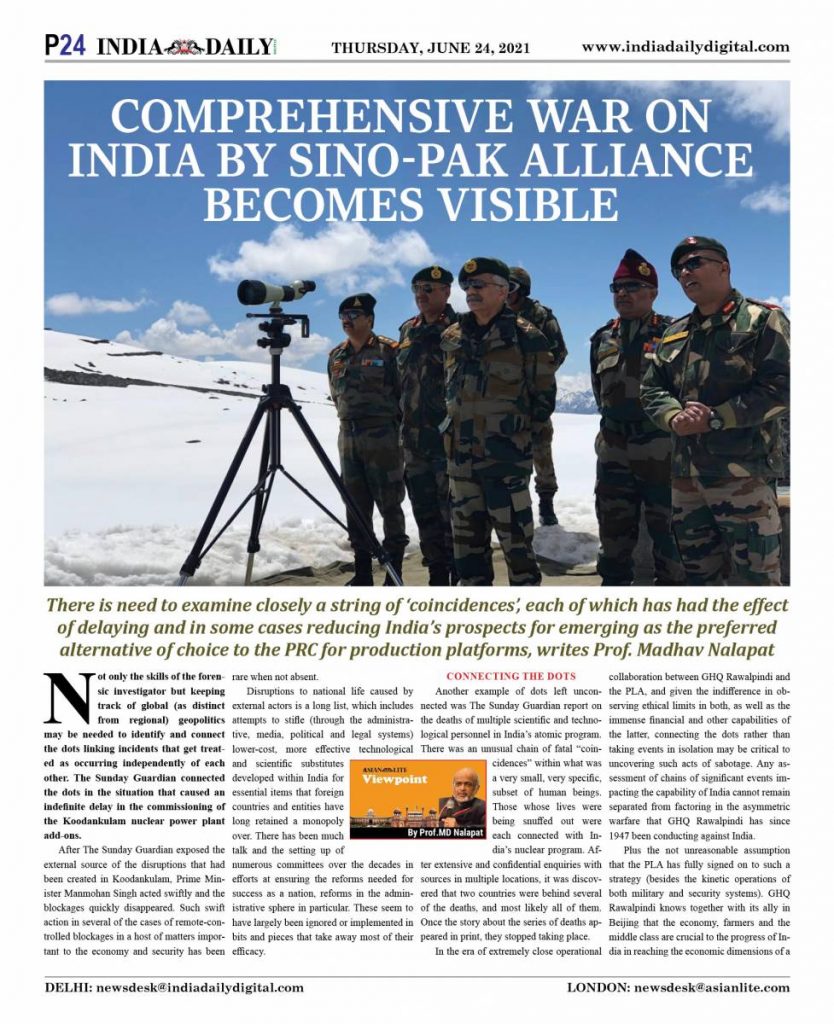
Certainly, the volume of slack that he is willing to give the PLA represents a quantum leap from the situation under Deng Xiaoping, Jiang Zemin or Hu Jintao. Given this, and the meshing of activity of PRC entities with the Pakistan military (including in institutes of virology), there is need to examine closely a string of “coincidences”, each of which has had the effect of delaying and in some cases reducing India’s prospects for emerging as the preferred alternative of choice to the PRC for production platforms. Were such outcomes coincidental, or part of a plan to kneecap India’s capabilities? While the latter may not in some cases be true, their possibility in some of the events that have taken place merits a much closer examination than the routine procedure followed in the past.
THE WAR IS ALREADY A REALITY
Such a war involving these two “all weather” (or in other words, a pair who are willing to resort to use all means available to achieve the purpose) partners is already taking place in India. It is clear that Prime Minister Narendra Modi understands this. Measures already being taken, such as the CISF taking over the security of Bharat Biotech premises in Hyderabad are clearly to ensure the avoidance of terror or other threats that are in common use at least in the arsenal of GHQ Rawalpindi or acts of sabotage that are in the PLA toolkit do not lead to consequences. The reason why these could be severe is that the production of Covaxin involves the multiplication of “live” viruses and then attenuating them to ensure that they pose no threat to human beings.
At the same time, the attenuated virus creates antibodies that are in an overwhelming number of SARS2 cases sufficient to save lives. If not through preventing the onset of the disease altogether, then through ensuring that it does not progress to a serious health emergency. It ought not to be forgotten that a fire “accidently” broke out on 12 December 2010 at the Vindhya Organics plant in Hyderabad, just as it earlier had (on 11 January 2020) at Ank Pharma in Maharashtra. Both facilities produce hydroxychloroquine, which was looked askance at by the eminent Dr Fauci and the incomparable Dr Tedros but was later found to be effective despite President Trump having affirmed the same about a year
It seems obvious (except thus far to President Biden) that Trump went with the right choices in the hypotheses presented to him, while Dr Anthony Fauci and Dr Deborah Birx were wrong about this and many other matters relating to the SARS2 pandemic. The Fauci-WHO recommended measures sent the global economy into the ICU but were subsequently adopted by almost all governments across the world. The WHO and a clutch of collaborators of the WIV across the world did not have access to the data in the Wuhan Institute of Virology, and took the word of the “Bat Woman” to reach conclusions about the pandemic. This included their publicly ridiculing what they termed a “conspiracy theory” that a lab leak caused SARS2 and not bats in a cave. Across the world, vaccine manufacturers in India were subjected to a flood of disinformation designed to reduce to as low a level as such falsehoods could succeed of trust in them. A campaign that enjoyed some success even in India.

NON-KINETIC MEASURES AGAINST INDIA
Fast forward in reverse to May 2018, the year after Prime Minister Modi and the Indian Army surprised the PLA at Doklam. Could the Doklam surprise as well as the bravery of soldiers of the Indian Army at Galwan last year have been sought to be met by what is appears to be a multi-dimensional campaign of sabotage and misinformation designed to harm India? While the WHO and several other institutions and individuals believe in whatever is told to them by the world’s second superpower, the number of those who do the same in India has fallen sharply in 2020, a decline in trust that has continued into the new year, at least in the case of India, not to mention much of the rest of the world.
Fast forward from Doklam to 2018 and the closure of the Tuticorin copper plant through an unusual manifestation of extreme violence on the part of workers. On 12 December 2020, violence broke out between managers and workers in a Taiwanese company in Narasapura, Karnataka that had been shifted from the PRC to India to produce iPhones for Apple, a company whose top management took a while to realise that in a few years, shifts in geopolitical tectonic plates would mean that any iPhone produced in China would have to be sold only in China, Russia, Pakistan, Turkey and Iran, not to mention emerging markets such as North Korea. The large-scale shift of Taiwanese and several other hi-tech companies from the PRC to other locations will become inevitable in a few years, unless those companies decide to become Chinese entities, an unlikely prospect.
That many of these may shift to India rather than to smaller (and therefore perhaps more malleable) countries is not a welcome prospect for PRC strategic planners. India is seen as the only country that can replicate the success of China in the 1980s of emerging as the global factory of choice for international corporates, which is why the slowing down and final snuffing out of such a prospect must be a priority for the several “Best and the Brightest” of Chinese brainpower that Xi Jinping has assembled for the purpose of ensuring China’s rise to global primacy.
Are events such as the Serum Institute of India fire of 21 January 2021 and the LG polymer plant at Vizag on 8 May the previous year innocent of external involvement? Or the cyberattack that denuded Mumbai of power on 13 October 2020, not to mention several other ports, including Chidambaranar? Those looking into such events in sufficient depth do not believe so. Neither, do they believe, are events such as the Evergreen (again Japanese and Taiwanese) ship marooned in the Suez Canal for such a long time.
Was the navigation software of the vessel hacked to make the captain follow a course that led to disaster? For that matter, why did a German-made ship belonging to the Indonesian navy take too deep a sudden dive to recover, despite its experienced crew? Were its systems tampered with, in the manner that several military platforms appear to have been in India in recent years? What was the actual cause responsible for some marine exports and some other food products to be labelled as unfit for human consumption? Earlier, drugs made in the PRC but given “Made in India” labels caused havoc when exported to parts of Africa, even as melamine mixed in baby food destined for Mexico killed several babies there. Whether it be in the military or civilian sphere, the PRC offers a range of substitutes for those who have been made to lose confidence in alternatives made in the democracies. Just when there is a worldwide shortage of semiconductors, two factories making this in Taiwan suffer from SARS2 clusters, slowing down production and assisting substitutes made in the PRC to replace town.
Earlier in March 2020, there was a sudden outbreak of SARS2 in a pharma plant in Nanjangud, Karnataka. It seems difficult to believe, especially given the propensity to resort to novel methods of warfare by the GHQ Rawalpindi-PLA alliance, that such occurrences are purely coincidental in either Taiwan or India despite such events being of direct benefit to the military alliance between Pakistan and China.
INDIA WILL MEET THE CHALLENGE
Understanding that there is an all-out war is the first step towards fashioning methods that can defeat the plans of the countries. The good news for Prime Minister Narendra Modi is that the country that he has been elected to lead in 2014 and again in 2019 is ready and capable of defeating the challenge caused by the comprehensive war against the Republic by the Sino-Pakistan Iron alliance, assisted by the reality of the Sino-Russian alliance in global geopolitics.
ALSO READ: Afghan leaders warned against blaming Pakistan during US visit
ALSO READ: 405 Indians stranded in Pakistan to return


